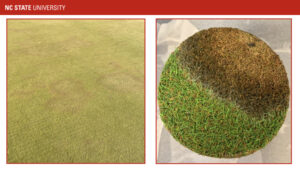
"Winter:30" for Maladies of Turfgrass
After the 4th warmest December on record, it is probably difficult to think about potential winter issues when most …


El inglés es el idioma de control de esta página. En la medida en que haya algún conflicto entre la traducción al inglés y la traducción, el inglés prevalece.
Al hacer clic en el enlace de traducción se activa un servicio de traducción gratuito para convertir la página al español. Al igual que con cualquier traducción por Internet, la conversión no es sensible al contexto y puede que no traduzca el texto en su significado original. NC State Extension no garantiza la exactitud del texto traducido. Por favor, tenga en cuenta que algunas aplicaciones y/o servicios pueden no funcionar como se espera cuando se traducen.
Inglês é o idioma de controle desta página. Na medida que haja algum conflito entre o texto original em Inglês e a tradução, o Inglês prevalece.
Ao clicar no link de tradução, um serviço gratuito de tradução será ativado para converter a página para o Português. Como em qualquer tradução pela internet, a conversão não é sensivel ao contexto e pode não ocorrer a tradução para o significado orginal. O serviço de Extensão da Carolina do Norte (NC State Extension) não garante a exatidão do texto traduzido. Por favor, observe que algumas funções ou serviços podem não funcionar como esperado após a tradução.
English is the controlling language of this page. To the extent there is any conflict between the English text and the translation, English controls.
Clicking on the translation link activates a free translation service to convert the page to Spanish. As with any Internet translation, the conversion is not context-sensitive and may not translate the text to its original meaning. NC State Extension does not guarantee the accuracy of the translated text. Please note that some applications and/or services may not function as expected when translated.
Collapse ▲
After the 4th warmest December on record, it is probably difficult to think about potential winter issues when most …
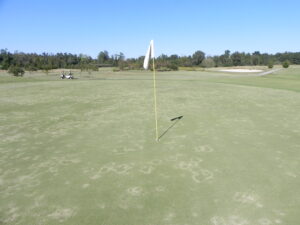
Turf diseases are a change in structure and/or function of the plant caused by the continuous irritation of a …
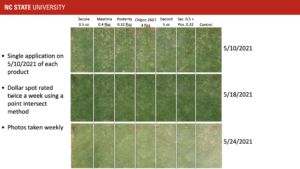
Dollar Spot Weather has been conducive for dollar spot in many areas of the Southeast, especially those that have had …
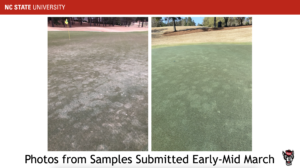
Last fall was conducive for take-all root rot (TARR) in ultradwarf bermudagrass putting greens. There were substantial rain events …
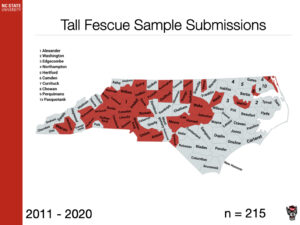
The following data was collected from samples submitted to the North Carolina State Turf Diagnostics Lab from 2011 to …

The following data was collected from samples submitted to the North Carolina State Turf Diagnostics Lab from 2011 to …
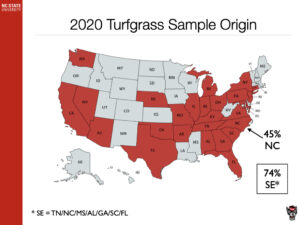
Overall, total turfgrass samples submitted in 2020 to the NC State Turf Diagnostics Lab were lower than samples submitted …
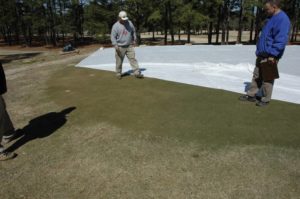
As bermudagrass putting greens enter dormancy over the next few weeks in the Carolinas, now is a good time …
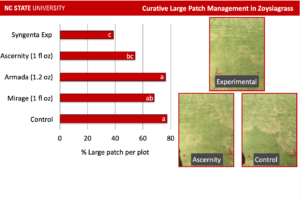
We had many interesting fungicide trials in summer of 2020 and we are looking forward to discussing some of …
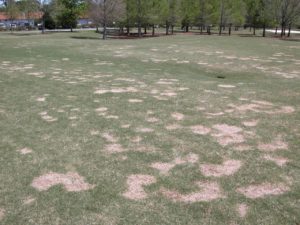
Written by Halle Hampy, M.S. candidate under the direction of Dr. Jim Kerns Despite the unpredictability of 2020, one thing …
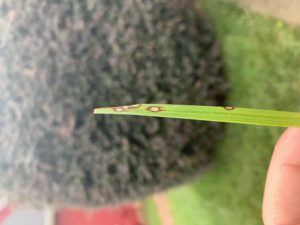
Over the past few weeks, we have consulted with multiple clients who thought either their lawn was destroyed by …
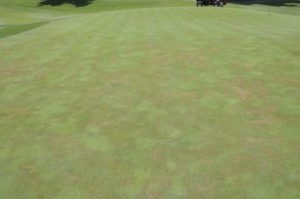
The dog days of summer are upon most in the United States. Many areas have been hot and some …
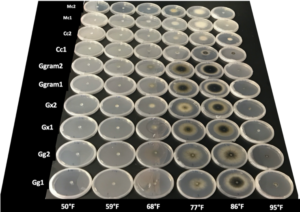
Written by Cameron Stephens, Ph.D. candidate under the direction of Dr. Jim Kerns and Dr. Travis Gannon Take-all root rot …
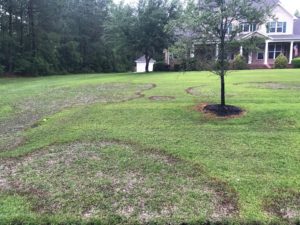
Large patch, caused by the fungus Rhizoctonia solani, is one of the most damaging diseases of warm-season turf species …
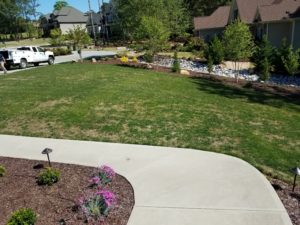
Asco what?! That’s the immediate response I get from turfgrass managers when I tell them I just diagnosed their …

Overall, total turfgrass samples submitted in 2019 to the NC State Turf Diagnostics Lab were nearly identical to total …
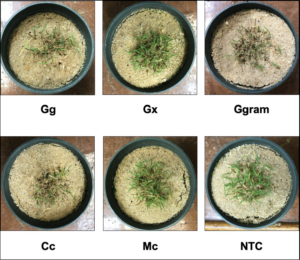
Written by Cameron Stephens, a Ph.D. student co-advised by Dr. Jim Kerns and Dr. Travis Gannon Take-all root rot (TARR) …

It’s September 12th (still officially summer) and current weather patterns agree with forecasted highs in the upper 80’s/lower 90’s. …
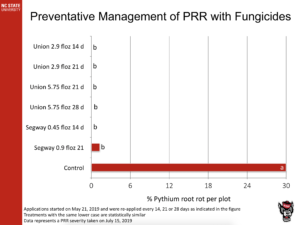
by Halle Hampy, Jim Kerns, and Lee Butler You have all heard that an ounce of prevention is worth a …
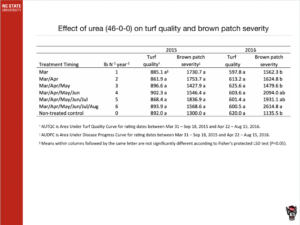
In North Carolina, tall fescue is widely grown throughout the mountain and piedmont regions. North Carolina is in the …